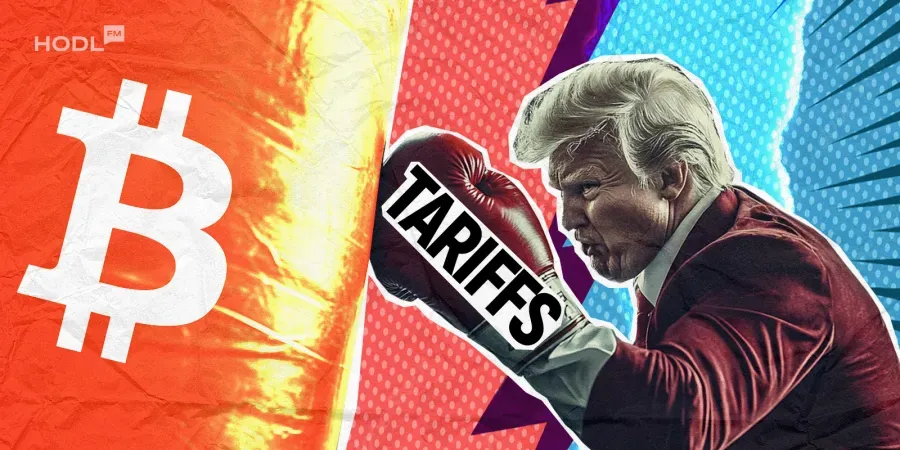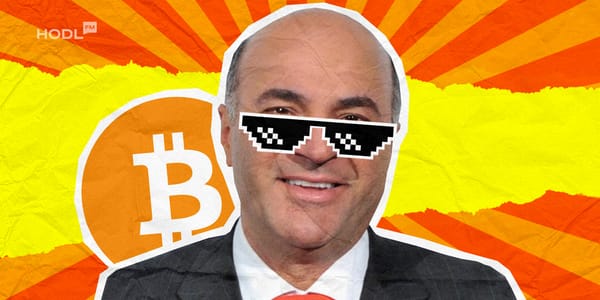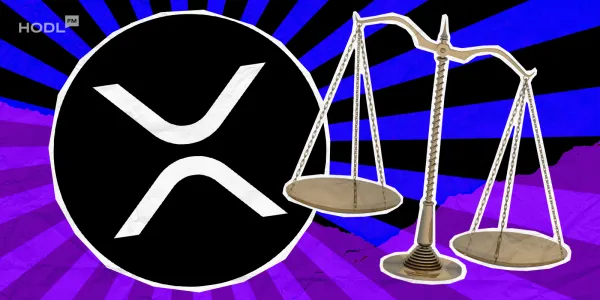The Donald Trump administration in the United States has moved to clarify confusion regarding President Trump’s recent announcement of a proposed $2,000 “tariff dividend” for Americans. The clarification, delivered by U.S. Treasury Secretary Scott Bessent, comes amid intense debate over how the policy would be funded and implemented, and what economic consequences it might carry.
Bessent explains possible forms of the dividend
Speaking to ABC News, Bessent said the proposed payment could take many forms and may not necessarily come as a direct check.
“The $2,000 dividend could come in lots of forms, in lots of ways. It could be just the tax decreases that we are seeing on the president's agenda, no tax on tips, no tax on overtime, no tax on Social Security, deductibility on auto loans," he explained.
Bessent added that he had not discussed the plan directly with President Trump but highlighted that it could include a mix of tax cuts and fiscal relief measures.
The comments were intended to provide clarity following Trump’s online announcement that “a dividend of at least $2000 a person (not including high income people!) will be paid to everyone.” In his post, the President defended his tariff policies, claiming they have made the U.S. “the richest, most respected country in the world” while boosting market performance and keeping inflation low.

Tariffs as the funding source
The “tariff dividend” plan is reportedly tied to revenues generated from tariffs imposed on various imports. Trump asserted on social media that his administration is “taking in Trillions of Dollars” from tariffs and will soon start paying down the national debt, which currently stands near $37 trillion. He characterized critics of tariffs as “fools,” emphasizing that the new trade duties are supposed to rebalance global commerce and restore fairness to U.S. trade relationships.
According to The Guardian, customs duties totaled around $195 billion in the first three quarters of the year. However, expectations vary regarding how much of that revenue could realistically be distributed to households. Economic analysts note that factors such as slower trade, retaliatory tariffs, and subdued import activity could lower effective tax collections, making the size and sustainability of any “dividend” uncertain.
Court challenges and policy implications
Trump’s tariff policy has come under renewed legal scrutiny after the U.S. Supreme Court expressed doubts about the legality of several of his trade levies, raising the risk that they might be overturned. Such a ruling could force the administration to refund more than $100 billion in collected tariffs and take away a major component of Trump’s second‑term economic agenda.
Trump called the possibility of a negative ruling a “disaster” and maintained that the tariffs are essential for economic sovereignty. Part of the contested package involves the April 2 “Liberation Day” tariffs, which placed taxes of between 10% and 50% on most U.S. imports, depending on their country of origin.
“The real goal of tariffs is to rebalance trade and make it more fair,” Bessent said, emphasizing that the revenues are not only about redistribution but also about reshaping U.S. trade flows toward more domestic production and employment.
Market reaction and economic debate
The proposal has sparked vigorous discussion within financial markets, including speculation about potential impacts on consumer spending and even digital assets. Analysts from The Kobeissi Letter noted that if most U.S. adults qualify for the dividend, roughly $440 billion could be distributed nationally, adding a large liquidity injection similar to the COVID‑era stimulus checks.
Now, let's apply this same criteria to 2025:
— The Kobeissi Letter (@KobeissiLetter) November 9, 2025
Currently, there are ~220 million US adults who fit these income criteria.
The top ~15% of earners would be excluded as "high income."
220 million x $2,000 = ~$440 BILLION handed out.
And, the check could be larger than $2,000. pic.twitter.com/OtIAnb9omW
However, experts have cautioned that such massive fiscal transfers might rekindle inflation pressures. During the previous stimulus period, rapid spending growth contributed to price spikes of nearly 10%. With inflation currently hovering around 3%, economists warn that additional stimulus could undermine the Federal Reserve’s recent policy easing.
Meanwhile, Treasury officials are reportedly examining whether a combination of tax deductions and targeted credits might achieve the same political goals without expanding the fiscal deficit. Bessent hinted that any rollout would need Congressional approval, suggesting that the measure remains only a proposal at this stage.
The road ahead
As discussion continues, both investors and policy observers are watching for concrete legislative details. While supporters believe the tariff dividend could strengthen household finances and bolster domestic demand, critics describe it as a politically motivated promise lacking clear funding mechanisms.
Whether the proposed tariff-derived payout materializes or evolves into a broader tax‑cut package, the Trump administration’s message is clear: it aims to link trade policy directly to voter benefits, transforming tariff revenues into a form of populist economic stimulus.

Disclaimer: All materials on this site are for informational purposes only. None of the material should be interpreted as investment advice. Please note that despite the nature of much of the material created and hosted on this website, HODL FM is not a financial reference resource, and the opinions of authors and other contributors are their own and should not be taken as financial advice. If you require advice. HODL FM strongly recommends contacting a qualified industry professional.





